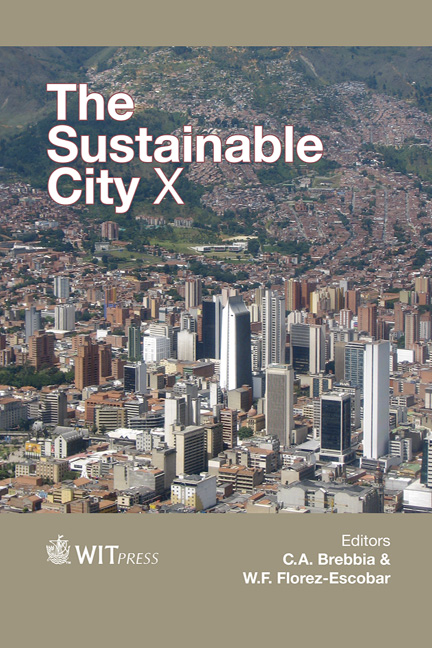Green Networks: A Solution To The Urban Heat Island Effect
Price
Free (open access)
Transaction
Volume
194
Pages
10
Page Range
205 - 214
Published
2015
Size
728 kb
Paper DOI
10.2495/SC150191
Copyright
WIT Press
Author(s)
C. Johnson
Abstract
According to the United States Environmental Protection Agency, an Urban Heat Island is created in developed areas where the built surfaces absorb and retain radiation from the sun. These impervious surfaces prevent the movement of air and water which are key in the cooling processes of evaporation and transpiration; and create proverbial ‘urban islands’ of warmer temperatures while the green vegetation in the surrounding rural areas better regulate surface temperatures. The impacts of Urban Heat Islands include increased energy consumption, higher concentration of air pollutants and poorer water quality. Throughout the Caribbean, increased energy consumption levels exacerbates the strain on the electric grid, reduces the strength of electrical output and increases in the frequency of power outages. Heated air also fosters a higher concentration of air pollutants and promotes the creation of ground level ozone which triggers a number of health related problems including coughing and throat irritation and exacerbate the effects of emphysema, asthma and bronchitis. Lastly, heated urban surfaces encourage higher temperatures in storm water that reduce the dissolved oxygen in the water of surrounding rivers and oceans. To mitigate this problem Caribbean countries have developed renewable energy strategies, but there is another solution to address the impact of higher surface temperatures. The American Society of Landscape Architects describes green infrastructure as an integrated network of open spaces that foster the generation of clean air, water and carbon sinks. An analysis of international case studies will highlight the ways in which the inclusion of green networks in Caribbean urban areas can help reduce surface temperatures, manage our energy consumption and improve air and water quality.
Keywords
Urban Heat, Islands, ground level ozone, local climate zone, green networks, green roofs





